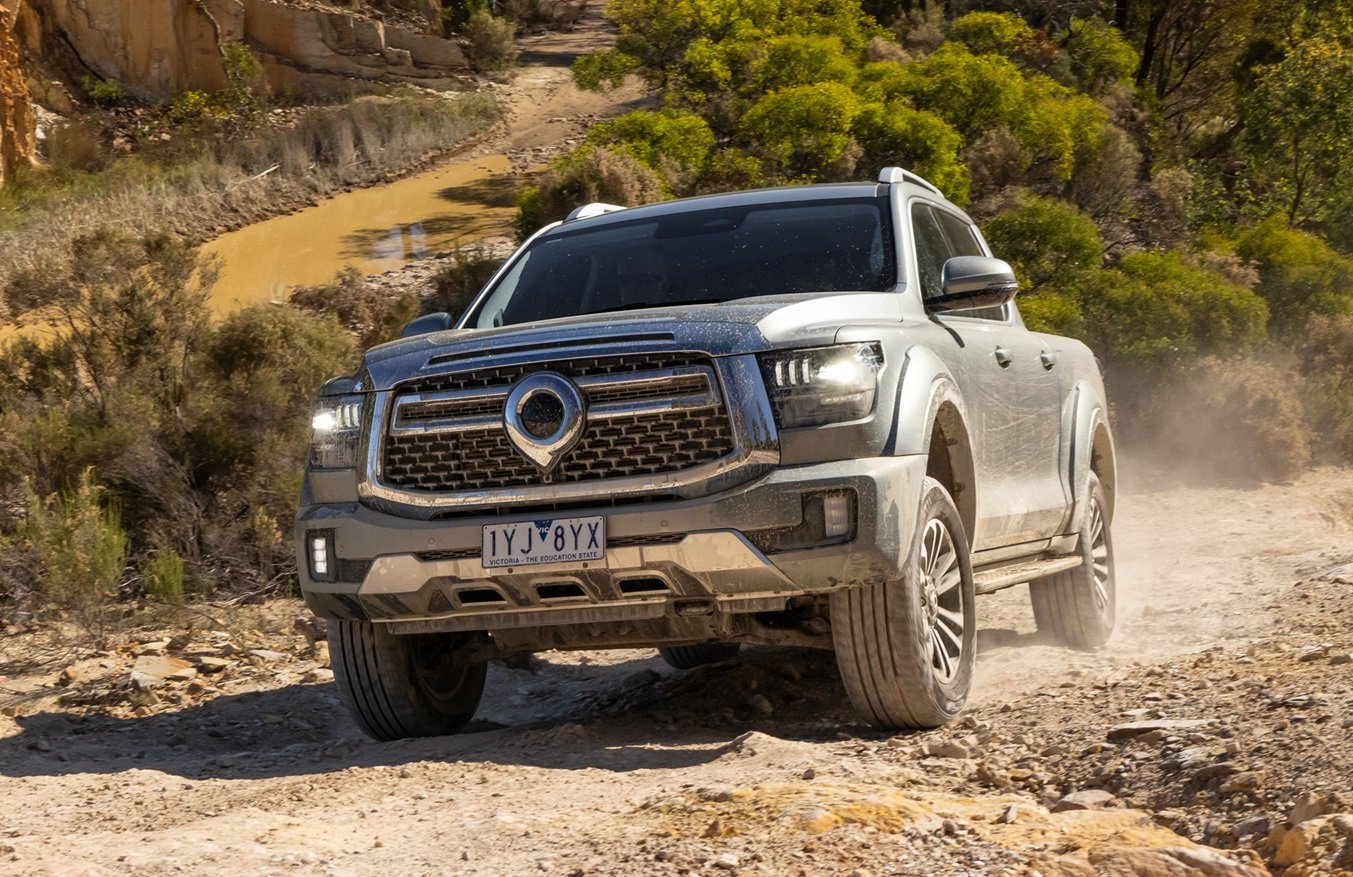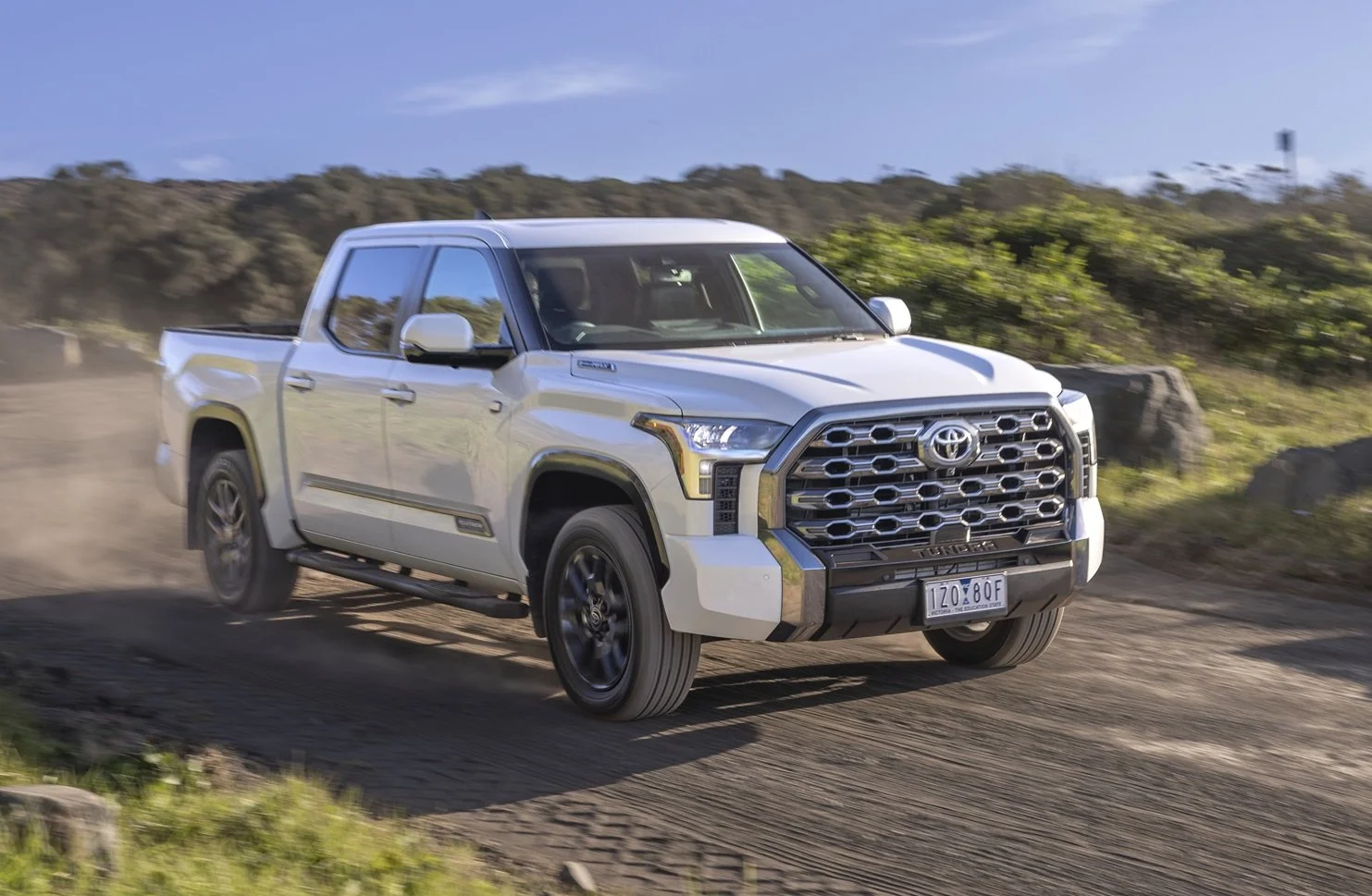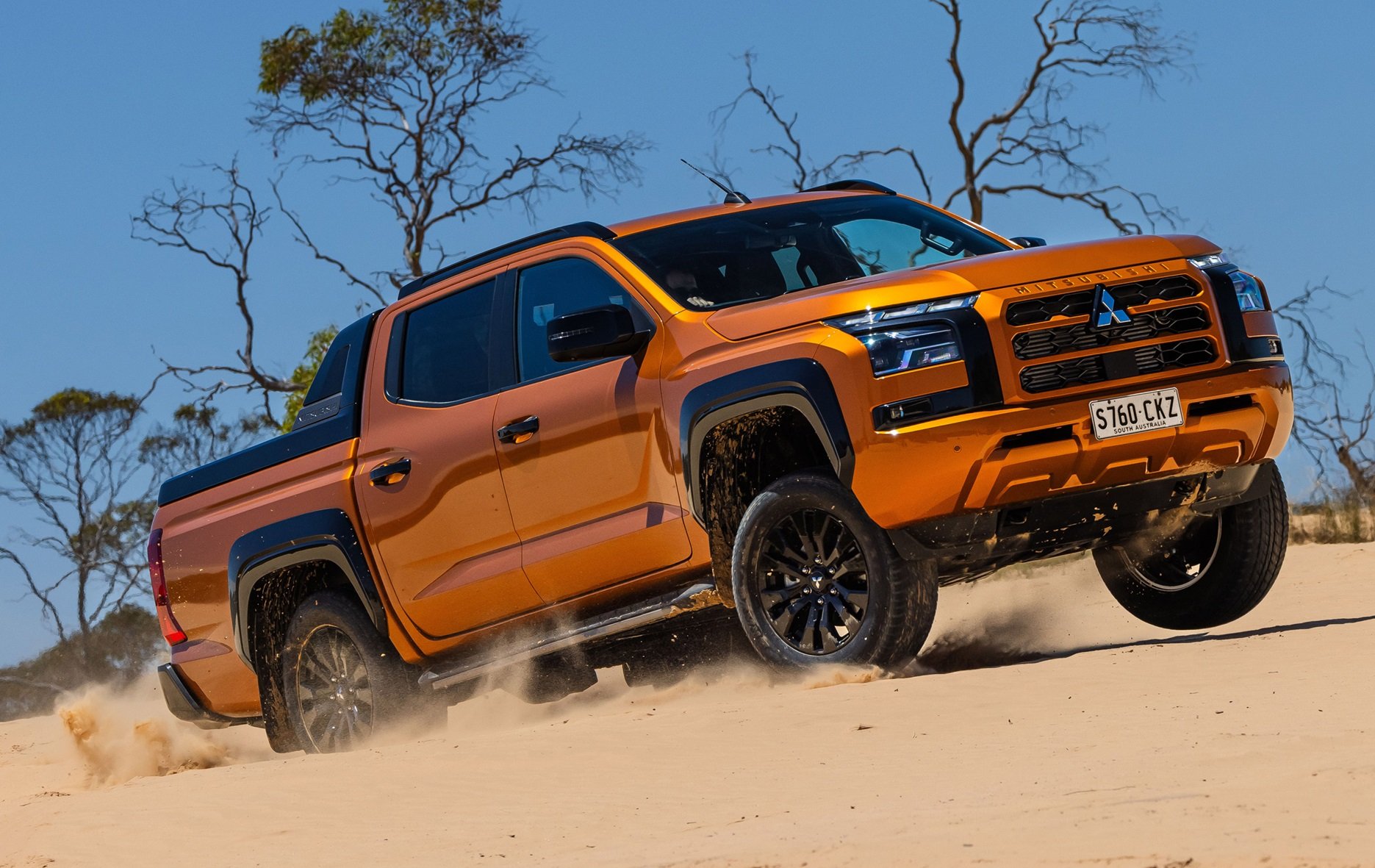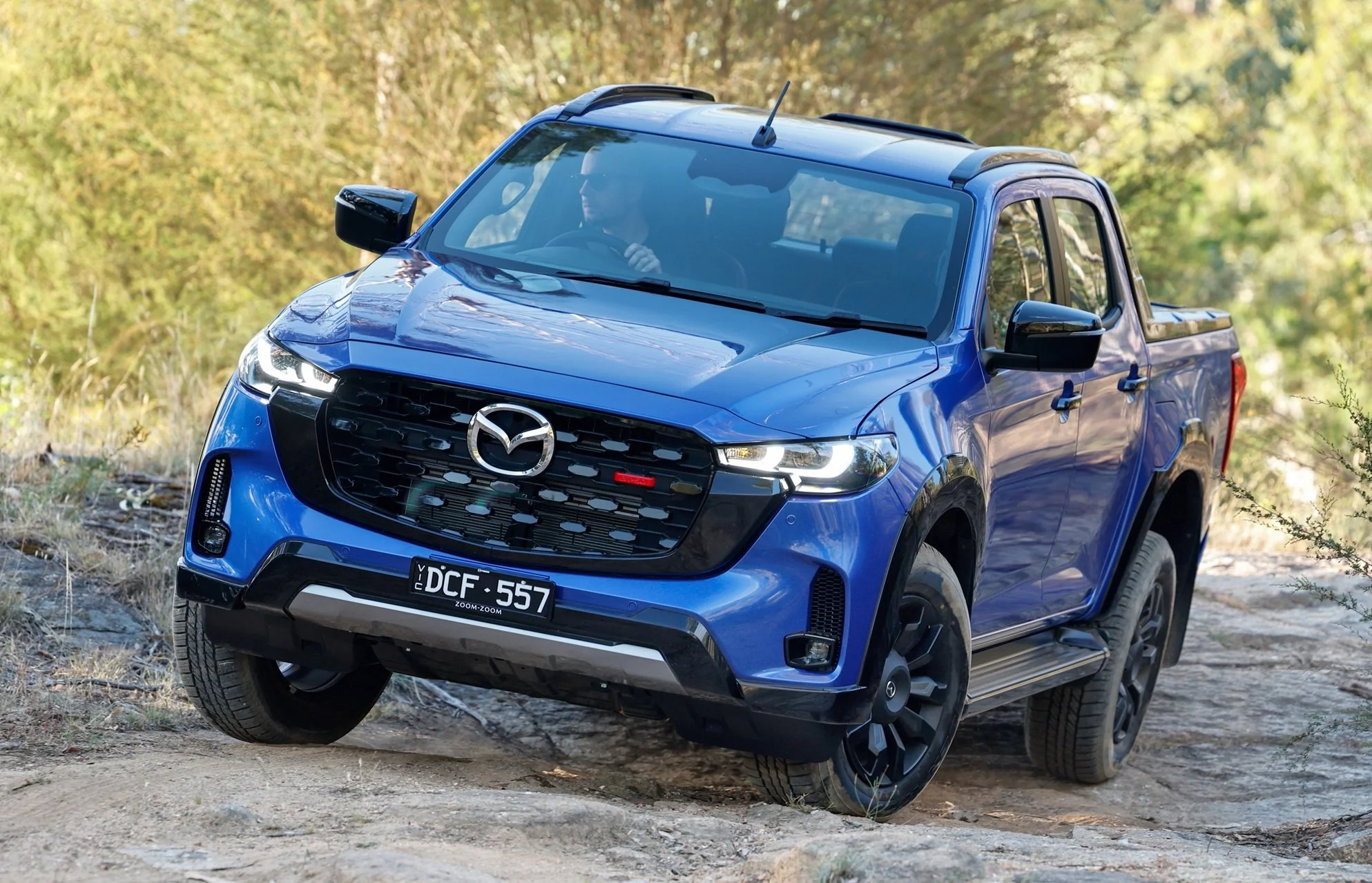Basic safe 4WD recovery rules for off-road adventuring
I’ve discussed shackles for 4WD recovery and tyre pressure basics recently, then it struck me that humanity could probably do with a large dose of hazard reduction. Let’s start at the beginning…
Talked about hard and soft shackles and essential 4WD tyre pressure and recovery recently, and it struck me that humanity probably needed a beginner’s guide to heading off into the outback to get stuck.
So, let’s first establish some general guidelines for recovery.
The worst designed, least reliable and most dangerous component in off-road recovery is of course the human being.
Every time, you realise just how little we’ve moved on, as a species, from the common ancestor that also gave us the apes.
Like, smart enough to build the cool toys. Dumb enough to use them so badly. #Humanity
People die during recovery. They get hit by projectiles. They get sliced open by cables or struck by broken straps >>. They get crushed by vehicles which drive over them when they run away under gravity after being freed, and nobody thought that far ahead. That happens a lot. So there is quite a serious dimension to this off-road F-U-N.
USEFUL LINKS FOR OFF-ROADING
Essential guide to 4WD tyre pressures and related 4X4 driving basics >>
Basic safe 4WD recovery rules for off-road adventuring >>
The most common off-road driving mistake (and how to avoid it) >>
Hard shackles -Vs- soft shackles in 4WD recovery >>
Are GVM upgrades a good idea? >>
The most common off-road driving mistake (and how to avoid it) >>
It’s absolutely a dud idea to figure out recovery for yourself. Like, lesson one, teach yourself recovery the first time you get the vehicle stuck in some preposterously shitful, precarious position. Just look confident and make it up, right? You’re kidding - that might work in a job interview; not here.
Instead, why not strap your best singlet, your stupid-est Bush Tucker Man hat and your finest thongs, and do a course with a bunch of (let’s call them) like-minded individuals.
Do I really need to say it? Recovery is not a spectator sport.
Anyone not actually un-sticking a stuck vehicle - minimum safe lateral separation: 30 metres. A winch cable cannot attempt to amputate your arm or your leg if you are further away from it, than it is long.
It doesn’t matter how long your beard is, the amazing girth of your beer gut, how faded your singlet, or how ridiculously oversized the brim on your best leather hillbilly hat. If you’re not actively recovering, get out of the way - especially kids, whom a responsible adult should mind. And don’t go downhill from the problem, because that’s generally where a runaway vehicle will go.
Like, as soon as you get stuck, anywhere, wind it back to 50 per cent on the playback speed. Be like Neo, in The Matrix, on the rooftop, dodging those bullets. S-L-O-W.
Rushing is generally counterproductive and dangerous. You’re bogged in a 4WD near Dingo Piss Creek. You have not been engaged by a Taliban sniper. If you rush, you will only open the door to disaster.
Slow it right down. It’s just like learning the dynamics of violence, performance driving, rock climbing. (Whatever.) The worse it seems, the cooler you need to be. Slow is smooth, and smooth is fast, ultimately. (And in this case, it’s also safe.)
While we’re at it, throw away any damaged gear. Just replace it. Man up, even if you're a chick. Open your damn purse. Winch cable with a busted strand - just bin it. Snatch strap, tree strap - any sling with a gouge out of it, or substantially abraded - time for a new one, dude.
We’re gunna assume for the rest of this report that your gear is in good order. If it’s not, then the risks are potentially through the roof.
Keep the loads low. Recovery is a ballad best played in the lowest of low keys. Low key. Low tempo. Do a bit of shovelling. Free up that chassis rail. Break out the jack - put some packing under that low-hanging wheel (whatever). Lift things up first, to (literally) take a load off. Let’s not be letting the winch or the snatch strap do all the work.
Speaking of which, on the snatch strap front. Low key, dude. Low key. It’s not a drag race. It’s a gentle pull. Snatch straps are not ballistic devices. We’re not bungee jumping. The stretch is there for shock absorption. Snatch straps might be rated to 8000 kilos, but at 6000 kilos if the vehicle is suddenly freed, it will accelerate at two or three Gs - which is a lot faster than most cars on a drag strip.
You do not want that. Snatch strap recoveries need to be gentle. Stuck vehicle tries to drive. Recovering vehicle drives off gently. This is actually quite difficult for the majority of stupid bush hat-wearing bogans - some would say a breach of the Houso Code of Conduct.
If you’re four-wheel driving there’s actually no need to be a dickhead. So challenging. The gauntlet going down, right there.
You really are trying to minimise the opportunity for the creation of a potentially dangerous situation. Because it’s all great fun out there, until someone dies. Then it’s generally not.
Finally: What are you going to do when the vehicle gets free? Can it run away? If so, best get in it, or get someone reliable in it so they can stop it safely … before, perhaps, it rolls into you and crushes you against a 100-year-old gum tree, where you can die of hypovolemic shock over the next few hours, much of that time in brutal, terrified, screaming agony.
Like, we’re all gunna die. I get that. But I vote heavily for not like that.


























The all-new Kia Tasman 4X4 dual-cab ute is finally coming to Australia in mid-2025. The covers are off, too. Here’s everything we know so far